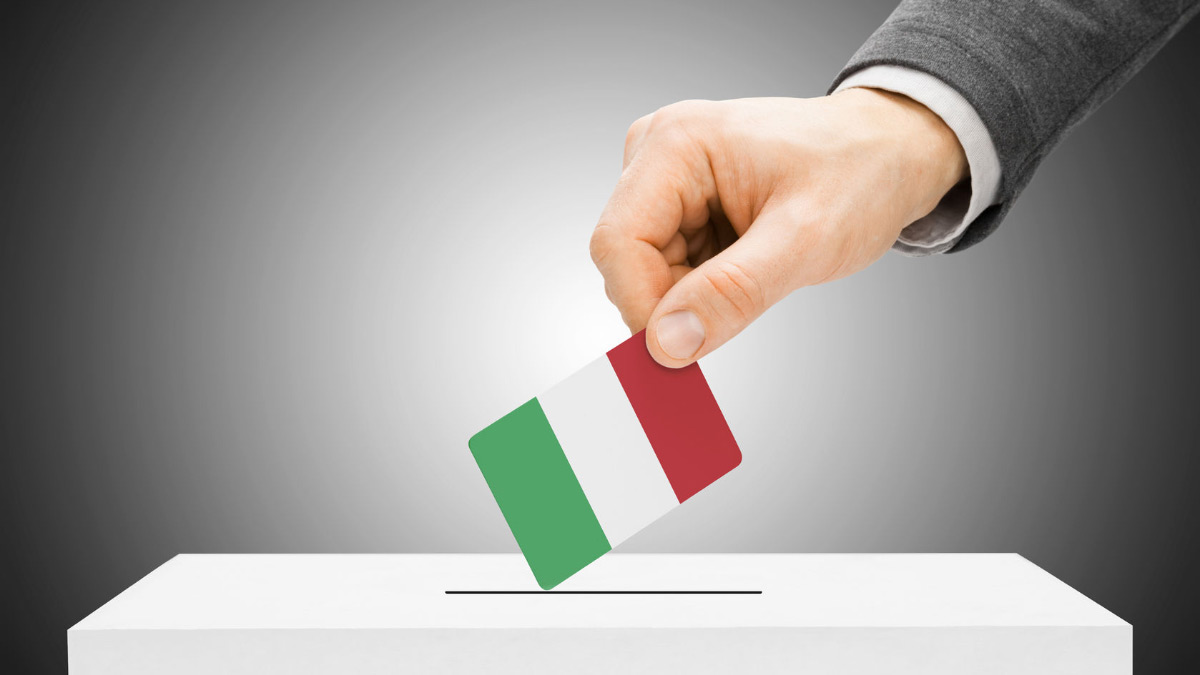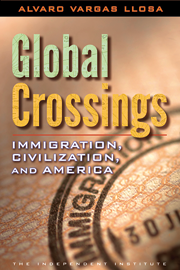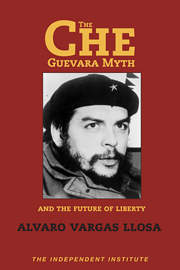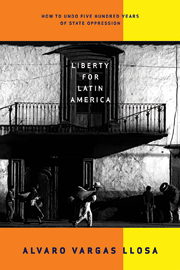Italy’s general elections have produced the results that the Western world feared so much in France’s elections last year—the triumph of nationalist populism.
No, liberal democracy and the market economy are not about to end, partly because the electoral system will not make it possible for the populists to govern outright and partly because many populists have closer connections to establishment parties and interests than to other populists. It will take weeks, perhaps months, of negotiations among several parties to form a government. But the lesson is that the failure of traditional politics to address Europe’s relative institutional and economic decadence continues to fuel the populist response to the status quo. The obvious risk is that eventually a major European country will find itself under an untamable government with enough power to implement a statist, nationalist, illiberal agenda.
The Five Star Movement, the bombastic force that has rocked Italian politics and stands for a confused mix of left- and right-wing populism, has become the largest single party, with one-third of the vote. A center-right coalition that includes former prime minister Silvio Berlusconi’s Forza Italia and some strongly nationalist/xenophobic parties got 37 percent. But the Northern League, which had until now been under the moderating command of Forza Italia, defeated Berlusconi’s group by five points and will strongly influence what happens next. (Another like-minded member of the coalition obtained four-plus percent.) The votes of the Five Star Movement and the populist parties in Berlusconi’s coalition add up to 55 percent.
Like other Europeans, many Italians blame others for their ailments—immigrants, the European Union, and globalization. As a result, the Five Star Movement, the Northern League, and others that speak to tribal instincts have captured a majority of the votes.
Postwar Italy was dominated by the Christian Democrats and, to a lesser extent, the Socialists until the mid-1990s. The country experienced a couple of “miraculous” decades in the 1950s and ’60s, largely due to low taxation, fiscal prudence, and an open economy. Then came the unpleasant 1970s. After that, like many European countries, Italy began to redistribute and consume its accumulated capital rather than continue to create much wealth. By 1993 public spending amounted to 53 percent of gross domestic product.
In the 1990s, “Mani pulite,” the judicial assault on corruption, dealt the final blow to the traditional parties. What followed, including some new parties armed with a defiant discourse, was a largely cosmetic change. Berlusconi’s Forza Italia replaced the Christian Democrats, and in the following decade the Democratic Party echoed the old Socialists (with more modern rhetoric and a promising but ultimately disappointing leader). Meanwhile, Italy’s decadence continued, temporarily cloaked by the dynamism of part of the industrial north and the international competitiveness of some corporations. The financial crisis exposed the fragility of the Italian system. The country’s economy is still smaller than before 2008, and its government debt burden measured as a percentage of gross domestic product is among the world’s highest.
Is it any wonder the populists are gaining so much ground? No, what is surprising is that so many Europeans have so far been willing to stem the flow of populism, as we saw in France last year. The result of Italy’s election indicates that without an overhaul of Europe’s socioeconomic model, this prudence may not last very long.













